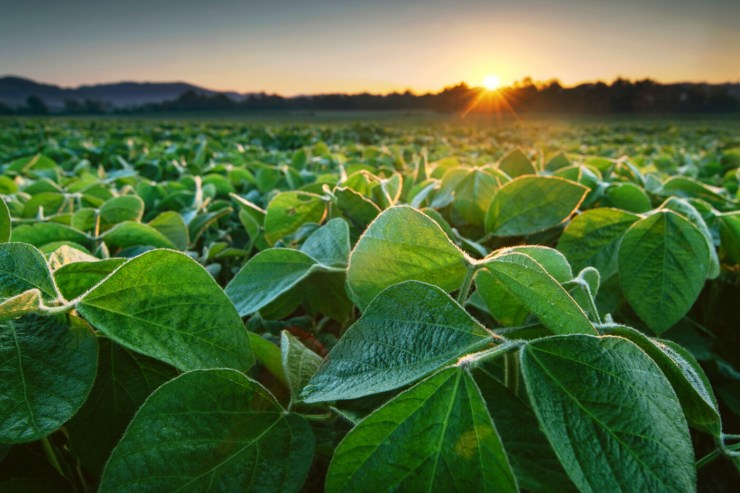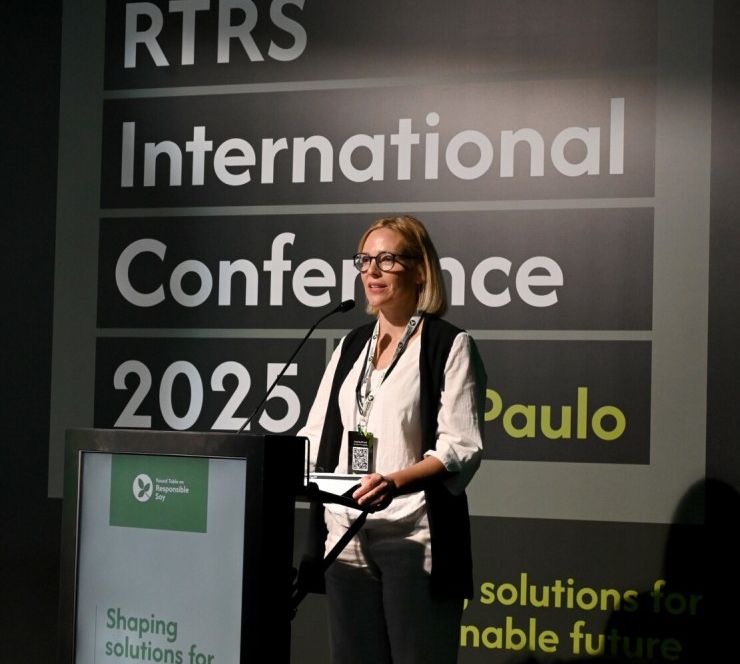The U.S. Department of Agriculture's (USDA) August report brought significant adjustments to the global soybean market. Despite revising U.S. yields from 3.5 to 3.6 tons per hectare, the agency reduced its harvested area estimate to 32.4 million hectares—a decrease of 2.91 metric tons compared to the previous month. As a result, total production was recalculated at 116.8 million tons, down from 118 million in July.
Exports also suffered a cut, falling to 46.4 million tons. Even so, final stocks fell from 8.4 to 7.9 million tons, indicating a tighter balance for American soybeans. Meanwhile, Pro Farmer—a consultancy that conducts independent crop tours—estimated yields lower than the USDA, at 3.55 t/ha. If confirmed, production would be 115.6 million tons, below the current official projection.
Planting in Brazil advances after sanitary vacuum

Photo: Marcos Carolino de Sá
In Brazil, the end of the sanitary drought now allows planting to resume. In Paraná, the North, Northwest, Central-West, and West regions have been permitted to sow crops since August 31, while the South, East, Campos Gerais, Coast, and Southwest regions will see restrictions lifted between September 11 and 20. According to the Department of Rural Economy (Deral), soybean acreage in the state is expected to reach 5.8 million hectares in 2025/26, an increase of 0.6% compared to the previous harvest.
In Mato Grosso, the authorization was granted on September 6th. Data from the Mato Grosso Institute of Agricultural Economics (IMEA) indicate that the state is expected to expand its planted area by 1.7%, reaching 13.1 million hectares. The weather is likely to favor this progress: after a drier start to September, forecasts indicate more consistent rainfall in the second half of the month, a condition that could bring sowing forward compared to 2024.
Low inventories keep prices firm
According to an analysis by Itaú BBA Agro, the combination of leaner inventories in the United States and the prospect of increased acreage in Brazil is likely to sustain firm prices in the short term. The institution emphasizes that, even with the expansion of Brazilian production, the market should remain sensitive to the weather conditions of the South American harvest, especially in the coming months.





